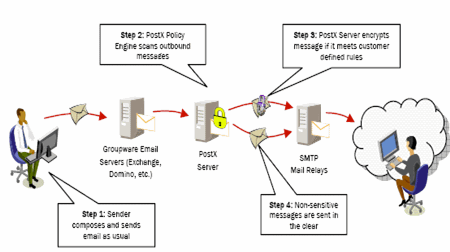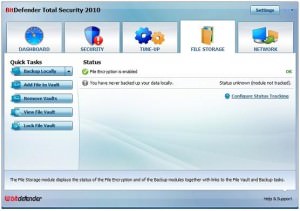Advanced Security Features of SFTP Servers: Beyond Basic Encryption
In the digital age, where cyber threats loom larger with each passing day, the security of data in transit is of paramount importance. Secure File Transfer Protocol (SFTP) servers have become a cornerstone in the architecture of data security, offering not just basic encryption but a suite of advanced security features designed to protect sensitive information against a wide array of cyber threats. These advanced features go beyond the foundational encryption layer to provide a comprehensive security framework that ensures the integrity, confidentiality, and availability of data.
Multi-Factor Authentication (MFA)

One of the critical advancements in SFTP server security is the implementation of Multi-Factor Authentication (MFA). MFA requires users to provide two or more verification factors to gain access to the SFTP server, significantly reducing the risk of unauthorized access. This could include something the user knows (a password), something the user has (a security token or mobile device), or something the user is (biometric verification). By employing MFA, SFTP servers add an essential layer of security that protects against the vulnerabilities of password-only authentication.
Role-Based Access Control (RBAC)
Role-Based Access Control (RBAC) is another advanced security feature that enhances the security posture of SFTP servers. RBAC allows for the granular control of user permissions based on their role within the organization. This means that users are only granted access to the information necessary for their specific duties, minimizing the risk of accidental or malicious data breaches. RBAC ensures that even if access credentials are compromised, the potential damage is limited to the permissions assigned to that role, thereby enforcing the principle of least privilege.
Data at Rest Encryption
While SFTP inherently secures data in transit, advanced SFTP servers also provide encryption for data at rest. This means that files stored on the server are encrypted, protecting sensitive data from unauthorized access even if the server itself is compromised. Data at rest encryption is crucial for complying with various regulatory standards and for safeguarding intellectual property and personal information stored on the server.
Integrated Security Protocols
Advanced SFTP servers often integrate additional security protocols, such as SSH keys and SSL/TLS, to enhance the security of data transfers. SSH keys provide a secure method of authenticating users and encrypting the data transfer session, making it significantly more secure than traditional password authentication. Similarly, SSL/TLS can be used to add an extra layer of encryption, ensuring that data remains secure throughout the transfer process.
Automated Security Updates and Patch Management
Keeping software up to date is critical in protecting against vulnerabilities and exploits. Advanced SFTP solutions incorporate automated update and patch management features, ensuring that the server software remains updated with the latest security patches. This proactive approach to security helps safeguard against newly discovered vulnerabilities, reducing the window of opportunity for cyber attackers.
Intrusion Detection and Prevention Systems (IDPS)
To further enhance security, some SFTP servers are equipped with Intrusion Detection and Prevention Systems (IDPS). These systems monitor network and system activities for malicious actions or policy violations. An IDPS can automatically block or alert administrators about potential threats in real time, providing an essential layer of defense against cyber attacks.In conclusion, advanced SFTP servers offer a robust set of security features that go well beyond basic encryption, providing businesses with a secure foundation for the transfer of sensitive data. By implementing solutions that include multi-factor authentication, role-based access control, data at rest encryption, integrated security protocols, automated updates, and intrusion detection systems, organizations can significantly enhance their cybersecurity posture. As cyber threats continue to evolve, the adoption of advanced SFTP solutions becomes not just a strategic advantage but a necessity for safeguarding digital assets in an increasingly interconnected world.








